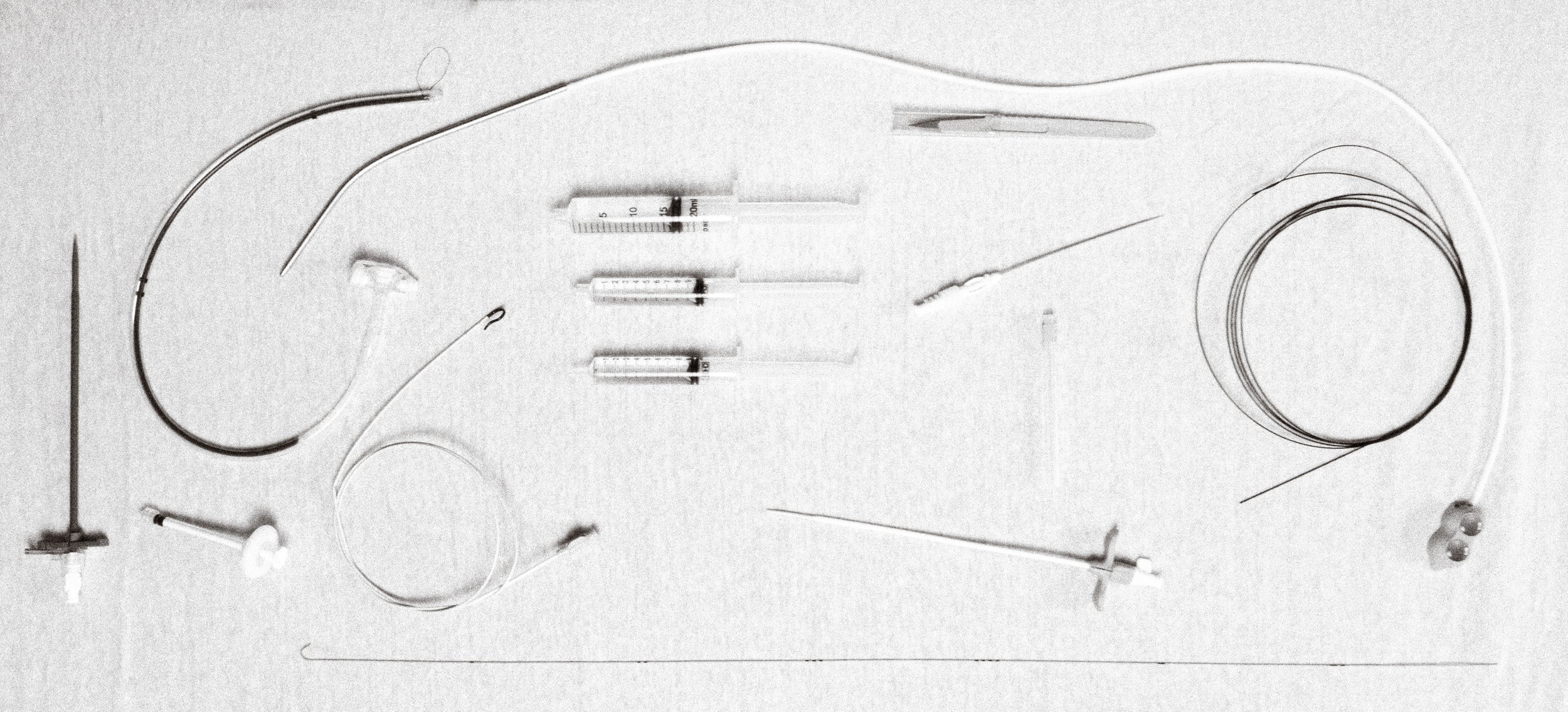
Case of the Month - December 2024
B - Tagged rbc SCAN
With improvements in CT technology, CTAs can now detect bleeding as low as 0.1-0.5 mL/s. It remains the best initial test as it also provide important anatomic information for diagnosis and treatment planning. However, nuclear medicine tagged RBC scan is traditionally the most sensitive, detecting bleeding as low as 0.1 mL/s and able to detect intermittent bleeding. Catheter-based arteriography tends to be the least sensitive requiring bleeding of >0.5-1.0 mL/s for detection.
An exception to the above work up is hemodynamically unstable patients with massive hematochezia. ACR appropriateness criteria and GI guidelines recommend proceeding straight to catheter-based angiography for these patients.
The patient underwent a tagged RBC scanned with delayed imaging showing a possible slow bleed on the delayed imaging (arrow).
A branch of which of the following arteries is most likely bleeding?
A. Left gastric artery
B. Gastroduodenal artery
C. Superior mesenteric artery
D. Inferior mesenteric artery


